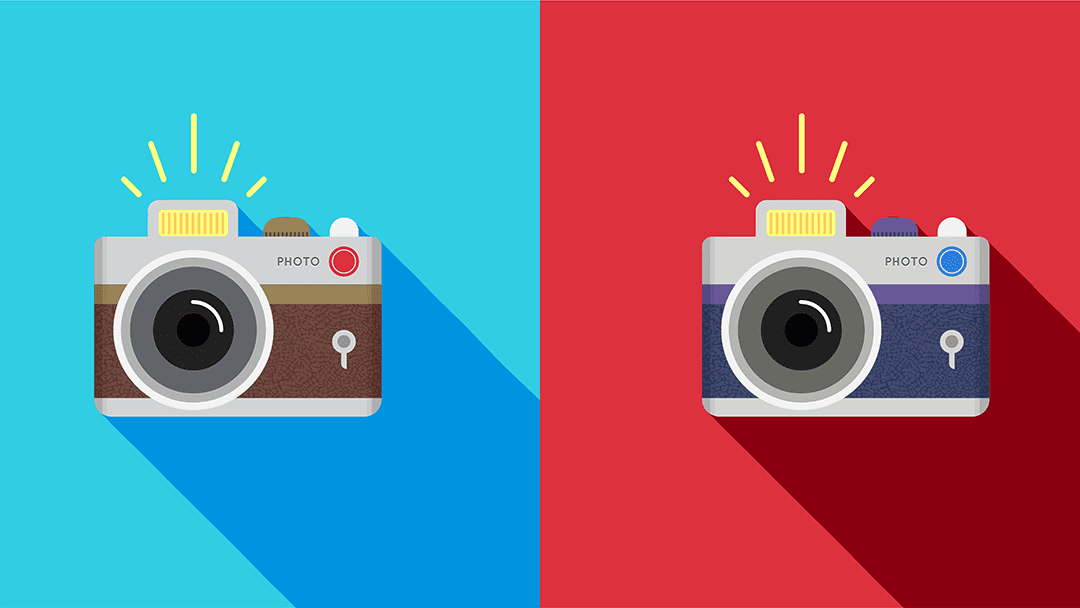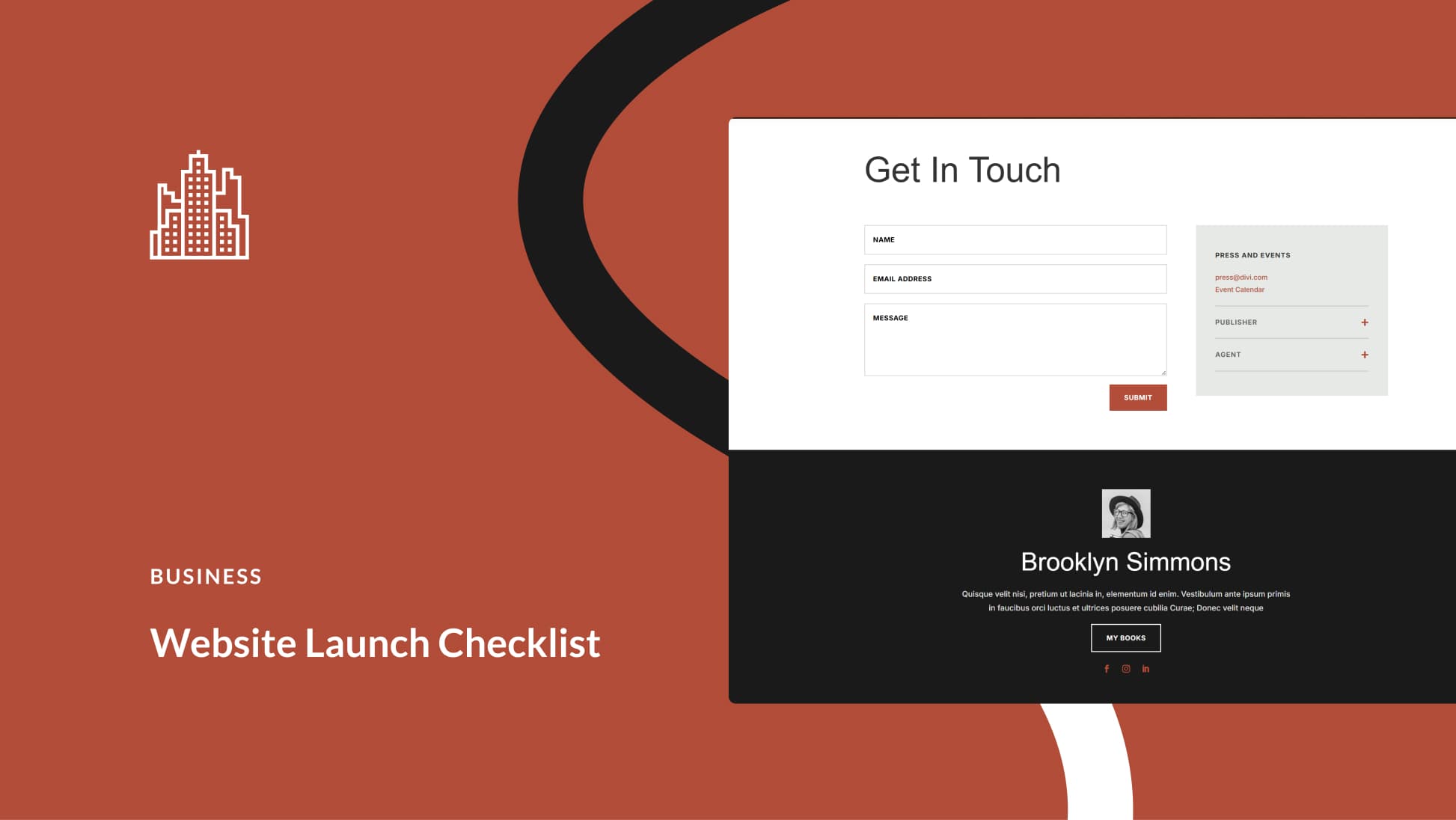Creative Commons, Royalty-free, and General Public License (GPL) are types of licensing for images, graphics, and video. Designers, photographers, software developers, and content creators regularly access and use licensed media for a variety of projects. The question is, which license is best?
Licensing gives users the ability to legally use a piece of media in their product or design, while the original creator retains the copyright. This is a win-win for not only the creator and the copyright holder, but also for the customer.
Licensed media is usually high-quality and very professional. Therefore, it lends a fantastic flair to projects that might otherwise turn out dull if the images or videos were bootstrapped at home.
Let’s take a look at Creative Commons, Royalty-free, and GPL license options and identify when they’re best to use.
About Creative Commons Licensing
Creative Commons is a standardized set of licenses that cover artists worldwide. It’s an easy way for creators to set legal boundaries around public uses of their work, including copying, distribution, and use in designs. Additionally, Creative Commons licenses are straightforward and easy to understand for the licensor.
A major goal behind Creative Commons is to make sure that creators get the proper credit for their work. These licenses are based on existing copyright laws and last as long as copyright. Beyond that, creators can give licensors extra rights for using their works.
Types of Creative Commons Licenses
The licensing options offered by Creative Commons include:
- Attribution (CC BY): Allows for distribution, adaptation, remixing, and derivative works as long as the creator gets the credit.
- Attribution-ShareAlike (CC BY-SA): Allows for the same as CC BY, but applies to commercial works. CC BY-SA works similarly to an open-source license for software. This license is similar to GPL, which we’ll discuss below.
- Attribution-NoDerivs (CC BY-ND): Allows an original work to be used for commercial purposes with attribution, but not to be adapted.
- Attribution-NonCommercial (CC BY-NC): Allows for non-commercial use of creators’ works with attribution. Licensors can adapt the original and make derivative works, but they can’t be used commercially.
- Attribution-NonCommercial-ShareAlike (CC BY-NC-SA): Allows for non-commercial derivative works as long as credit is given to the creator. Also similar to a GPL.
- Attribution-NonCommercial-NoDerivs (CC BY-NC-ND): Allows licensors to download and share creators’ works with attribution. Works under this license cannot be altered or shared commercially.
- Public Domain (CC0): Allows creators to waive the rights to their works, placing them in the public domain. Users may alter and distribute CC0 works for commercial purposes or personal use.
A Creative Commons license gives you specific rights for the works you purchase, and each individual license has its own set of rules you’ll need to understand before purchasing a piece of media. These rules dictate how and when you can use a specific work, so it’s crucial that you carefully study and understand your options.
Who Should Use Creative Commons?
All Creative Commons licenses except CC0 require attribution, and even many of the commercial use options don’t allow for derivative works. This can cause difficulties for graphic designers and software developers who need the freedom to alter the original works.
CC0 works are great for bulk content creators who need a wide rotation of images for their content. However, CC0 images also tend to be widely used, so if you’re a designer or developer, you may want to purchase licensing instead.
About Royalty-Free Licensing
Royalty-free licensing is common in the stock and microstock photography industry. Licensors who purchase royalty-free images and videos pay a one-time fee for the media, and can then use and re-use it without continuing to pay over time. Use of royalty-free media depends heavily on the licensing terms of the specific work.
When you purchase a stock photo license from a stock agency such as Shutterstock or iStock, the creator retains the copyright. That means the creator also sets the boundaries on how the work can be used long-term. Creators can sell licensing to their works over and over. Therefore, royalty-free works are not part of the public domain, unlike Creative Commons public domain licenses.
Royalty-free works are for use only by the licensor and can’t be transferred. They’re also non-exclusive, meaning others can purchase the same license as you. As long as you remain within the license’s stated boundaries, you can use royalty-free works as often as you like, anywhere in the world, indefinitely.
Types of Royalty-Free Licenses
There are three types of royalty-free licensing:
- Editorial-use only: Allows for royalty-free media to be used for articles and other written works, both online and off. Print runs are limited and tend to range from 250,000 to 500,000 copies of a published work.
- Commercial use: Allows royalty-free media to be used commercially, within specific limits. An image or piece of media may be used in digital and physical formats, but print runs are limited as in the editorial-use category. If you purchase royalty-free media for commercial use, be sure to look closely at the restrictions on your specific platform before using it.
- Extended license: Allows for commercial use of works, as well as the resale of products that feature those works. Licensors get unlimited distribution rights as long as the media is part of a design–meaning, you can’t resell the original work itself.
Prices for royalty-free media can range anywhere from a low monthly subscription to a stock image site to higher-end costs for certain pieces of media that can cost upward of $100.
Who Should Use Royalty-Free Licensing vs. Creative Commons?
Royalty-free licensing is great for designers and content creators who want to purchase media for extended long-term use, without worrying about paying for a license over and over. Unlike Creative Commons, royalty-free licensing may not need to be re-visited. Content creators, publishers, and businesses that make physical products might want to consider an extended license, which can pay dividends in the long run.
About General Public License (GPL)
General Public License (GPL) is a license that allows a work to be free and stay free indefinitely. This allows for fewer restrictions around the public use of that media. This ensures users can utilize works that incorporate that media freely, forever. GPL is often referred to as “copyleft” and is regularly updated to stay ahead of technological and licensing developments.
When you use GPL, you have the freedom and flexibility to ensure that:
- You can change or alter your software however you need to, indefinitely
- Your users can utilize your software however they need to
- You can freely share your software without fear of licensing ramifications
- You can freely share your software updates and changes
Who Should Use GPL vs. Creative Commons?
GPL allows for media to be used and altered indefinitely as part of a greater design–for example, in the case of open-source software. GPL is fantastic for software developers who need to avoid running into rights-related issues with the media they use in their software.
Elegant Themes uses GPL for the photographs we include with our layouts for these reasons. That means we can update layouts whenever necessary and share them freely with our users. Additionally, our users can utilize those layouts in whatever way they need, and they’re covered in terms of the image rights.
Wrapping Up
Whether you go with Creative Commons, royalty-free, or GPL for your image licensing comes down to your individual situation. You have to consider what’s best for your business. For example, do you need the ability to share or sell unlimited quantities of a work that features a licensed image? Are you a developer concerned with keeping your open-source software free?
Financially, consider the choice that is best and most secure in the long run–and the one that will allow you the level of freedom you need to utilize a licensed work to its fullest potential.
What type of licensing do you use for your business? Let us know in the comments!
Featured image via CkyBe / shutterstock.com









Thanks for the awesome post 🙂
I’ve been confused by this for some time so thanks for the article, however, I’m now more confused…
you say “A Creative Commons license gives you specific rights for the works you purchase” – I didn’t think you had to purchase creative commons images am I wrong?
I just use according to the licence so for a CC BY image I just use it and link to the image with the creator’s name as anchor text – is this good enough? It does say to link to the licence but I don’t understand where the licence is to link to so I don’t.
I also freely use images from Unsplash – they ask for attribution but I confess I don’t always do that – is this an example of GPL?
Thanks
Pete
I think “purchase” is a bad selection of terms, “use” is more apropiate.
An attribution licence is not a CC license on the first ones you have to attend the special requirements authors set (link to the image, name the author, etc…)
When using a CC licence you are taking a predefined set of rules that si common for everyone that uses that licence and that describes how to use it. You have to link to the CC web page that describes the licence (as sometimes they update the terms).
A good practice if you dont want to put the attribution link on the same page were the image is, you can set a different page (or your legal page) where you can set all the attribution links, but you must do it as they are allowing you to use their work as long as you give credit and link to the author. If you don’t do that the could legaly sue you asking for a compensation because you are not acomplishing with the terms of the licence.
I wish it would be more clear now.
Very helpful. Thanks for the article Haley Walden.
For our website design work we do for clients, we almost always use royalty-free licensed images because attribution is not required. Most of our commercial clients require this because attributions distract from the the products or services being featured.
I think your description of GPL is misleading at best. For software code, if you link to (use at runtime) a library with a GPL license, then your code must also have a GPL license. This is not applicable if you want to sell your work, because, among other things, you have to make your own source code available. There is a variant of GPL, called LGPL, that addresses this issue, allowing you to link GPL libraries into your own application.
I’m interested in what the ramifications are for images. If I license an image under GPL, and use it to make a derived work, I have to allow free modifications. What is the analog of source code? The post-processing steps I used in the image?
Im interested in this…
HI, many thanks for this post.
I always ask myself about meaning of the commercial use.
If I use an image from stock on my own homepage or in my ppt slides to perform my design. I don’t sell the image, but my homepage shall sell my service as consultant.
Is it from the perspektive of the image copyright commercial, or non commercial use.
Thanks for additional info.
Peter
If you are going to take an economic benefit (direct or indirect) for the use of the image, you are making commercial use of it.
This article is focused very much on benefiting the user/licensor of creative works.
Very little concern for the artist and what’s best for him/her…
Hmmm
Without Shutterstock or iStock is there any other places where we can set a picture license. Like I use some unique images for my blog but I also don’t what license I use actually for this. Is there any option to set a copyright license to a blog pictures? Thank you